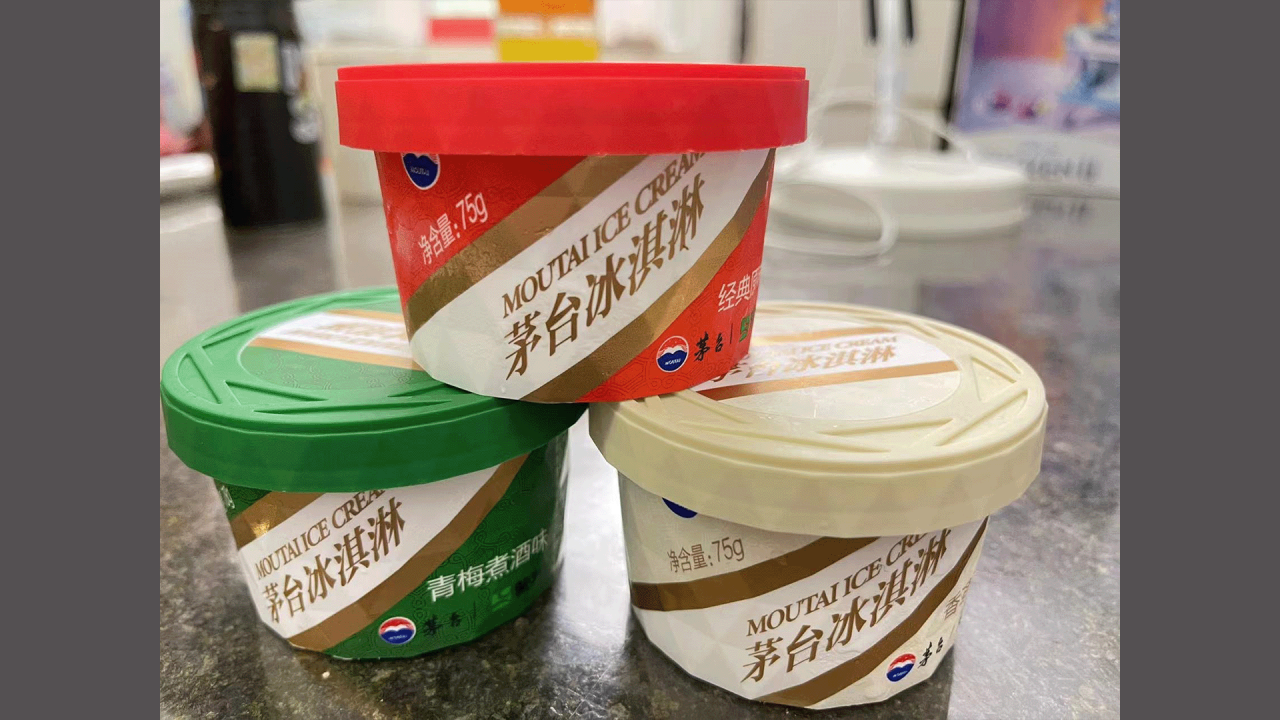It was a familiar furore to Yu, who ended up taking her Mini off the streets of Hangzhou, the capital of eastern China’s Zhejiang province, last month.
At the same time, negative attitudes of China appear to have increased or remained high in places such as North America, Europe, Japan, South Korea and Australia
From Italian luxury brand Dolce & Gabbana, which landed itself in hot water for racist advertisements in 2018, to Swedish fast fashion retailer H&M, which was lambasted in 2021 for shunning cotton from the Xinjiang Uygur autonomous region, many international brands have encountered consumer boycotts in recent years.
Multinationals operating in China were now facing even more pressure as online nationalism – sometimes fanned by the government – rose, tensions between China and the West worsened, and competition from local brands increased, said Hillevi Parup, an analyst at the Swedish National China Centre.
“At the same time, negative attitudes of China appear to have increased or remained high in places such as North America, Europe, Japan, South Korea and Australia,” she said.
“The current geopolitical environment suggests that foreign companies are under substantial strain, but this pressure comes from two sides: nationalist Chinese consumers swayed by state propaganda, as well as other consumer bases and governments, primarily Western, who have become increasingly wary of China.
“As a result, foreign companies face a challenging balancing act in the Chinese market.”
A Mini Concept Aceman on display at the Shanghai Auto Show last month. Photo: Reuters
While the overall impact of online backlashes on the business performance of targeted companies remains unclear, some saw their market presence in China shrink following their involvement in controversies.
H&M’s 2020 financial year report said it had 445 stores in mainland China, but according to the company’s website there are now only 316.
A study of Chinese consumer boycotts of Japanese cars following anti-Japan protests in 2012 over disputed islands in the East China Sea showed that sales of Japanese cars in China were severely affected, said Wu Fang, a professor at Shanghai University of Finance and Economics’ business college.
“In the longer term, a serious online backlash damages brand image, which could take dozens or even hundreds of years to build,” she said.
That was why many luxury brands responded to crises swiftly, by, for example, immediately terminating partnerships with brand ambassadors involved in scandals.
Besides increasing nationalist sentiment, the rise of local brands and changing consumer preferences lay behind the frequent conflicts faced by foreign companies in China, Wu said.
“Buying big global brands may be a self-expression of ‘being international and having a high social status’, but the younger generation today wants more than that,” she said.
“As China grows stronger and a sense of national pride spreads, many young people also want to express things such as ‘I’m Chinese’, and ‘I’m me, different from anybody else’.”
About 46 per cent of Chinese consumers’ mobile-phone purchases among the top 20 brands were from domestic brands in 2013, but that share rose to 64 per cent in 2021, a research paper released last month by consulting firm McKinsey said.
“Chinese consumers are choosing local brands for their quality and level of innovation, not just because of low prices or from a sense of national pride,” it said.
It found that multinationals’ share of all revenues earned in China declined from 16 per cent to 10 per cent from 2006 to 2020, although in absolute terms, their revenues grew dramatically.
At the same time, their share of all profit made in China declined from 16 per cent to 14 per cent.
“In short, [multinational corporations] have grown quickly, but considerably less quickly than local competitors,” it said.
Joe Ngai, chairman of McKinsey Greater China, said competition from local businesses had been one of the major things to watch for the many multinational company CEOs who had visited China recently.
Do we want to be outside of China to look at this or do we want to be inside to at least try hard to be part of that? That’s the thing
“We can say that geopolitics has changed a lot of things in China, but I think what’s more important to multinationals in China is the competition from domestic companies,” he said in Shanghai last month.
“The pressure from their local competitors – their innovative capabilities and product iterations – in my opinion, is much bigger than that from geopolitics.”
Joerg Wuttke, president of the European Union Chamber of Commerce in China said the country’s great size meant it still offered many opportunities.
“Even if China has a very, very low growth projection, it turns into a massive growth [of economic output],” he said in Shanghai last month. “Even 2 per cent [gross domestic product growth] means they are [growing] at the size of the Austrian economy.
“Do we want to be outside of China to look at this or do we want to be inside to at least try hard to be part of that? That’s the thing.”
To seek business success in an ever more complex environment, most companies have chosen to apologise once they encounter a public outcry.
According to a study of Chinese consumer boycotts of foreign companies between 2008 and 2021 co-authored by Parup, more than half of the boycotted companies issued public apologies as a form of damage control.
However, a better solution might be to “avoid the public eye completely”, it said.
“Apologies and explanations simply tend to garner more attention, which is frequently utilised against the companies,” Parup said.
Howard Schultz, US coffee chain Starbucks’ founder, said in a speech during a recent China visit that the company’s secret in doing business in different regions and cultures was seeking similarities.
There are challenges in this market in that we are an American company and we have to demonstrate local relevance in the marketplace
“There are challenges in this market in that we are an American company and we have to demonstrate local relevance in the marketplace,” he said at Peking University at the end of April.
But despite cultural and political differences, people were “much more similar than different”.
“People ask me, what’s the difference between doing business in China, US, Japan, France, Spain, all these places? And here’s the secret. That we have many more similarities than differences. And that statement is more important today than any other time in my lifetime,” he said.
He said he expected Starbucks China to be bigger than Starbucks US one day, with more than 10,000 stores in China “at some point”. At present, the world’s biggest coffee house chain has over 6,000 stores across China.
On Tuesday, Starbucks beat Wall Street estimates for quarterly profits, powered by a recovery in business in China, Reuters reported.
Following the scrapping of strict pandemic controls, Chinese consumer mobility and spending bounced back sharply in March.
Even so, some analysts had expected China sales to remain in the red after tumbling by 29 per cent in the previous quarter.
Instead, the world’s largest coffee house chain posted a 3 per cent year-on-year rise in same-store sales in China in its second quarter, which ended on April 2.
For Mini, the recent ice cream uproar was a mixture of rising nationalism and the emergence of a bigger wealth gap in China, said Xie Fuliang, a Hangzhou-based brand consultant.
Not long after an outburst of online nationalism, consumers may still drive a Mini to buy a Starbucks coffee, using their iPhone to pay
“BMW has been regarded by Chinese people as a symbol of wealth,” he said. “Many people’s financial situation worsened in the past years of Covid-19, creating a widening wealth gap and greater psychological imbalance, which turned a small ice cream into a big issue.”
He suggested foreign companies avoid sensitive issues and “seek harmony but not uniformity”, as an old Chinese saying advised.
“But they should also understand there could be inconsistency between consumers’ words and actions,” he said.
“Not long after an outburst of online nationalism, consumers may still drive a Mini to buy a Starbucks coffee, using their iPhone to pay.”
Additional reporting by Daniel Ren



